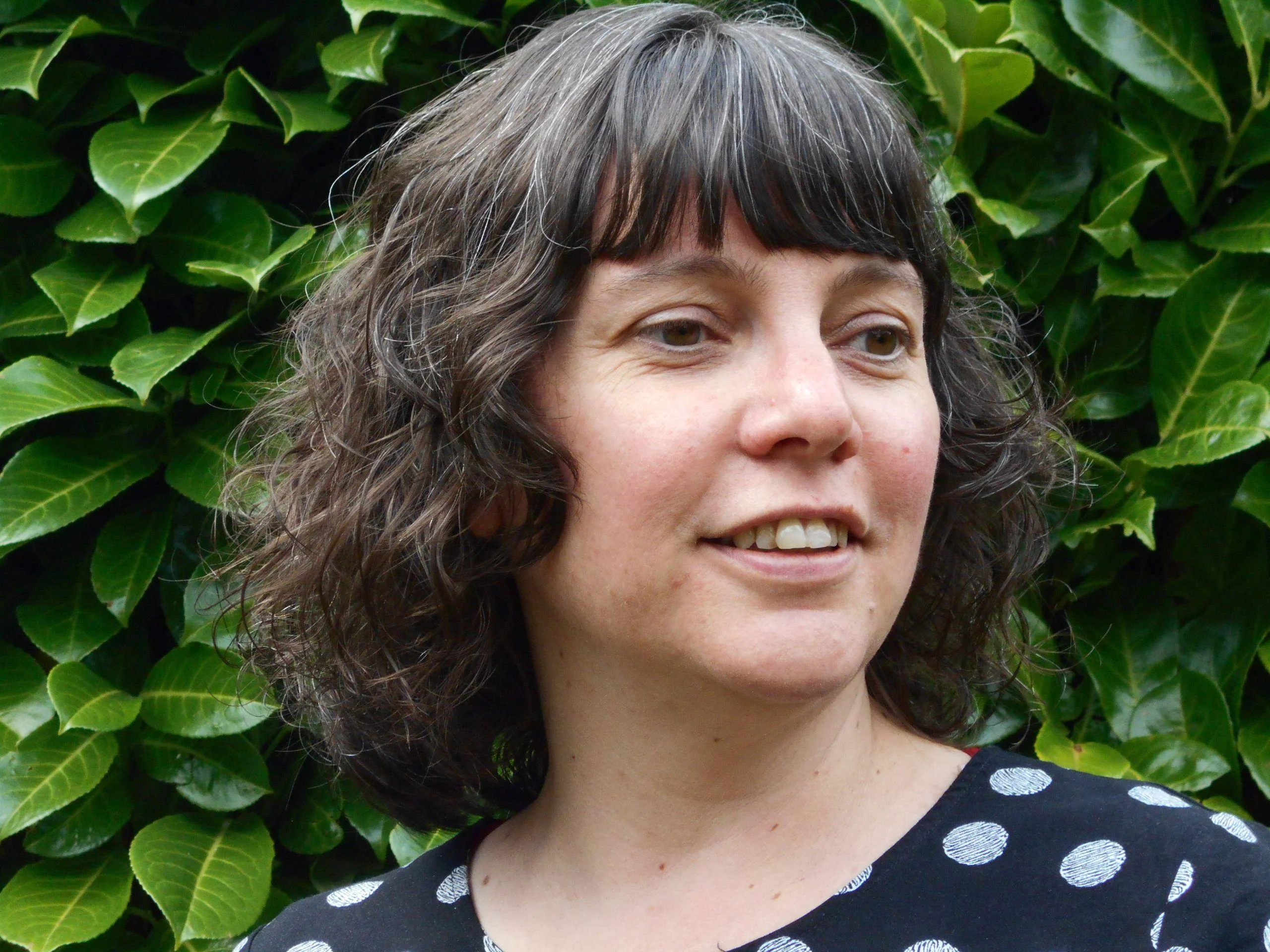Learning objective
- To begin to understand the concept of privacy and the correct vocabulary for body parts.
Success criteria
- I understand what ‘private’
This content is for subscribers only. Join for access today.
National curriculum
- Pupils should know:
This content is for subscribers only. Join for access today.
Cross-curricular links
- PSHE Association’s Programme of Study
This content is for subscribers only. Join for access today.
Before the lesson
This content is for subscribers only. Join for access today.
Lesson plan
Attention grabber
1. Sing the song, ‘Heads, shoulders, knees and toes’ with the children. 2. Point to other parts of your body and ask the children to name them. Keep this activity quick and fun and focus on the body parts that children will know (not the private parts), for example, arm, leg, hand, wrist, neck, head,…
This content is for subscribers only. Join for access today.
Extended-mode explainer videos
How to extend your display to view the lesson page and preseantion mode simultaneously. Choose your operating system below to watch the video
If you need further support with extending your display,
please contact [email protected].
Extended-mode explainer video: For Mac
Extended-mode explainer video: For Windows
Adaptive teaching
Pupils needing extra support: Can use the Activity: Body parts with word bank so that they can select from the body parts provided.
Pupils working at greater depth: Label other areas on the Activity: Body parts, such as wrist, shoulder, knee and ankle.
This content is for subscribers only. Join for access today.
Assessing progress and understanding
Pupils with secure understanding indicated by: Knowing the name of
This content is for subscribers only. Join for access today.
Vocabulary definitions
-
penis
-
vulva
sometimes called the vagina, but vulva is the correct terminology
This content is for subscribers only. Join for access today.
Example work
This content is for subscribers only. Join for access today.
In this unit
Lesson 6: Local democracy
Lesson 9: Staying safe with medicine
Are you ready to start the lesson?
Are you ready to start the lesson?
Y1/2 Lesson 7 (Cycle B) : Looking after our teeth
Y1/2 Lesson 1 (Cycle A): Understanding my feelings
Lesson 1: Human rights
Lesson 1: Breaking the law
Lesson 1: What are human rights?
Lesson 1: Rights of the child
Lesson 1: Rules beyond school
Lesson 1: Rules
Lesson 1: Introduction to the internet
Lesson 1: First Aid: Emergencies and calling for help
Lesson 1: Internet safety: Age restrictions
Y5/6 Lesson 1: (Cycle B) Relaxation: mindfulness
Y5/6 Lesson 1 (Cycle A): Relaxation: yoga
Year 1/2 Lesson 1 (Cycle B): Understanding my feelings
Lesson 2: Food choices and the environment
Lesson 2: Rights and responsibilities
Lesson 2: Caring for the environment
Lesson 2: Rights and responsibilities
Lesson 2: Our school environment
Lesson 2: Caring for others: Animals
Lesson 2: Communicating online
Lesson 2: First Aid: bites and stings
Lesson 2: Share aware
Y5/6 Lesson 2 (Cycle B): What can I be?
Y5/6 Lesson 2 (Cycle A): The importance of rest
Y1/2 Lesson 2 (Cycle B): Steps to success
Y1/2 Lesson 2 (Cycle A): Relaxation
Lesson 2: Relaxation: stretches
Lesson 3: Caring for others
Lesson 3: Protecting the planet
Lesson 3: Community
Lesson 3: Recycling
Lesson 3: Our local environment
Lesson 3: The needs of others
Lesson 3: Secrets and surprises
Lesson 3: Be kind online
Lesson 3: First Aid: asthma
Y5/6 Lesson 3 (Cycle B): Taking responsibility for my health
Y5/6 Lesson 3 (Cycle A): Embracing failure
Y1/2 Lesson 3 (Cycle B): Developing a growth mindset
Y1/2 Lesson 4 (Cycle A): Ready for bed
Y1/2 Lesson 3 (Cycle A): What am I like?
Lesson 4: Prejudice and discrimination
Lesson 4: Contributing to the community
Lesson 4: Contributing
Lesson 4: Local community groups
Lesson 4: Job roles in our local community
Lesson 4: Similar, yet different
Lesson 4: Appropriate contact: My private parts
Lesson 4: Cyberbullying
Lesson 4: Privacy and secrecy
Y5/6 Lesson 4 (Cycle B): The impact of technology on health
Y5/6 Lesson 4 (Cycle A): Going for goals
Y1/2 Lesson 4 (Cycle B): Being active
Lesson 5: Valuing diversity
Lesson 5: Pressure groups
Lesson 5: Diverse communities
Lesson 5: Charity
Lesson 5: Similar yet different - my local community
Lesson 5: Belonging
Lesson 5: Appropriate contact: My private parts are private
Lesson 5: Fake emails
Lesson 5: Consuming information online
Y5/6 Lesson 5 (Cycle B): Resilience toolbox
Y5/6 Lesson 5 (Cycle A): Taking responsibility for my feelings
Y1/2 Lesson 5 (Cycle B): Relaxation: breathing exercises
Y1/2 Lesson 5 (Cycle A): Hand washing and personal hygiene
Lesson 6: National democracy
Lesson 6: Parliament
Lesson 6: Local councillors
Lesson 6: School council
Lesson 6: Democratic decisions
Lesson 6: Respecting personal boundaries
Lesson 6: Making choices
Lesson 6: Growing up
Y5/6 Lesson 6 (Cycle B): Immunisation
Y5/6 Lesson 6 (Cycle A): Healthy meals
Y1/2 Lesson 6 (Cycle B): Healthy diet
Y1/2 Lesson 6 (Cycle A): Sun safety
Lesson 7: Rules
Lesson 7: Giving my opinion
Lesson 7: Road safety
Lesson 7: Influences
Lesson 7: Introducing puberty
Y5/6 Lesson 7 (Cycle B): Physical health concerns
Y5/6 Lesson 7 (Cycle A): Sun safety
Y1/2 Lesson 7 (Cycle A): Allergies
Lesson 8: Crossing roads safely
Lesson 8: Keeping safe out and about
Lesson 8: Tobacco
Y5/6 Lesson 8 (Cycle B): Good and bad habits
Y1/2 Lesson 8 (Cycle A): People who help us stay healthy

